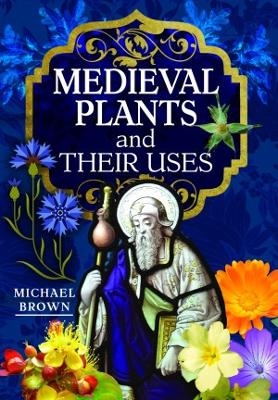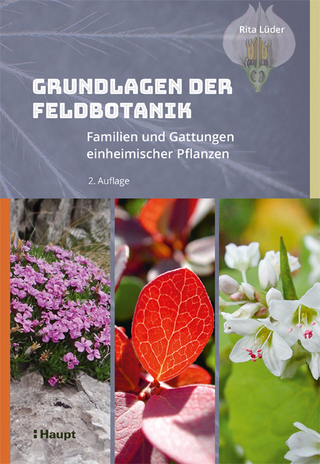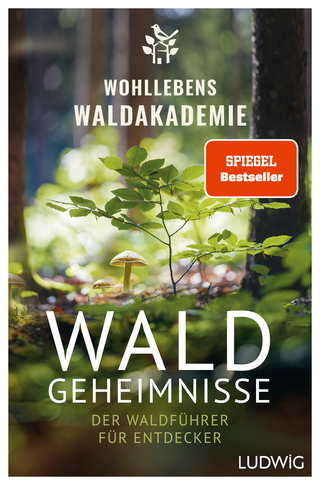
Medieval Plants and their Uses
Seiten
2023
White Owl (Verlag)
978-1-5267-9458-1 (ISBN)
White Owl (Verlag)
978-1-5267-9458-1 (ISBN)
A good introduction to the medieval use of plants.
Plants were an essential part of medieval life. Most people lived in houses made of wood and thatch, which often accidentally burned down when they cooked their food or huddled over wood fires to keep warm. People wore linen clothing dyed with plants. They drank ale, cider and wine as they danced to music played on wooden instruments. Beauty, love and seduction could all be made easier with a few herbal preparations. If you became ill, plants provided many of the cures. The unwary may have mistaken a poisonous plant for one that was good to eat, with fatal consequence. Others may have used the poisonous plant to remove an unwanted rival. Some plants had magical properties. The mysterious mandrake could kill anybody who tried to dig it up without taking the appropriate precautions. Demons could be summoned or dismissed by the aid of plants. The church used powerful incense to clean the air and induce a sense of religious euphoria.
This book is designed to give a broad introduction to the plants that were used during the medieval period. With many colourful photos, a list of plants that were available and some original medieval recipes to try, you can set out on an adventure to explore the wonderful world of medieval plants.
Plants were an essential part of medieval life. Most people lived in houses made of wood and thatch, which often accidentally burned down when they cooked their food or huddled over wood fires to keep warm. People wore linen clothing dyed with plants. They drank ale, cider and wine as they danced to music played on wooden instruments. Beauty, love and seduction could all be made easier with a few herbal preparations. If you became ill, plants provided many of the cures. The unwary may have mistaken a poisonous plant for one that was good to eat, with fatal consequence. Others may have used the poisonous plant to remove an unwanted rival. Some plants had magical properties. The mysterious mandrake could kill anybody who tried to dig it up without taking the appropriate precautions. Demons could be summoned or dismissed by the aid of plants. The church used powerful incense to clean the air and induce a sense of religious euphoria.
This book is designed to give a broad introduction to the plants that were used during the medieval period. With many colourful photos, a list of plants that were available and some original medieval recipes to try, you can set out on an adventure to explore the wonderful world of medieval plants.
Michael has been interested in history and gardening for as long as he can remember. He spent his childhood building camps, cooking (well, actually burning food) over open fires, making bows and arrows and using cricket stumps for swords - he still finds cricket very boring! Michael researched and designed the medieval gardens at the Prebendal Manor, Nassington, experimenting with medieval gardening methods and the uses of plants. Michael lectures on early gardens, gardening and plants and has an MA in Garden History.
| Erscheinungsdatum | 25.01.2024 |
|---|---|
| Zusatzinfo | 112 colour illustrations; 112 colour illustrations |
| Verlagsort | Barnsley |
| Sprache | englisch |
| Maße | 172 x 246 mm |
| Themenwelt | Sachbuch/Ratgeber ► Natur / Technik ► Natur / Ökologie |
| ISBN-10 | 1-5267-9458-6 / 1526794586 |
| ISBN-13 | 978-1-5267-9458-1 / 9781526794581 |
| Zustand | Neuware |
| Informationen gemäß Produktsicherheitsverordnung (GPSR) | |
| Haben Sie eine Frage zum Produkt? |
Mehr entdecken
aus dem Bereich
aus dem Bereich
Familien und Gattungen einheimischer Pflanzen
Buch | Hardcover (2022)
Haupt Verlag
64,00 €


